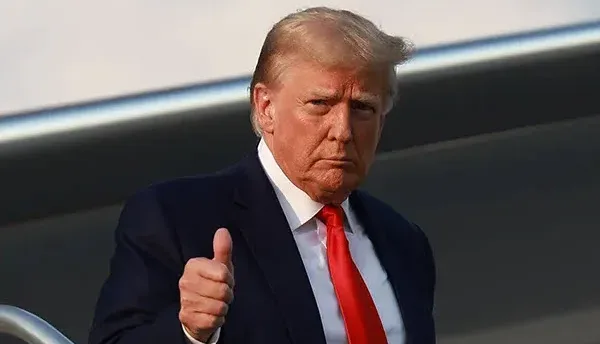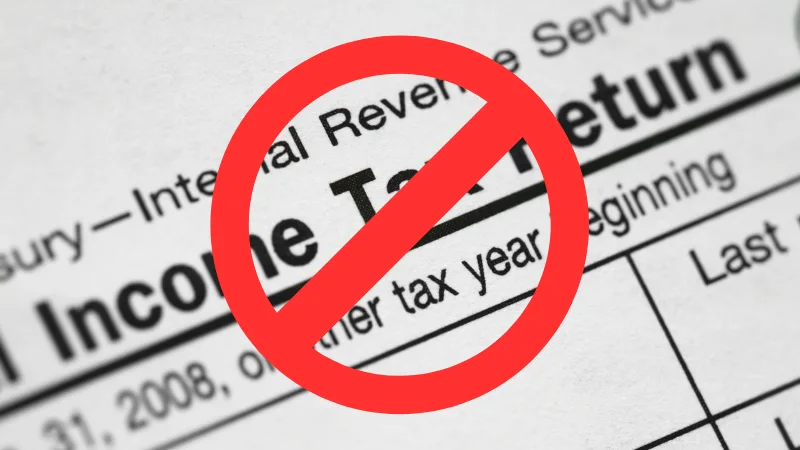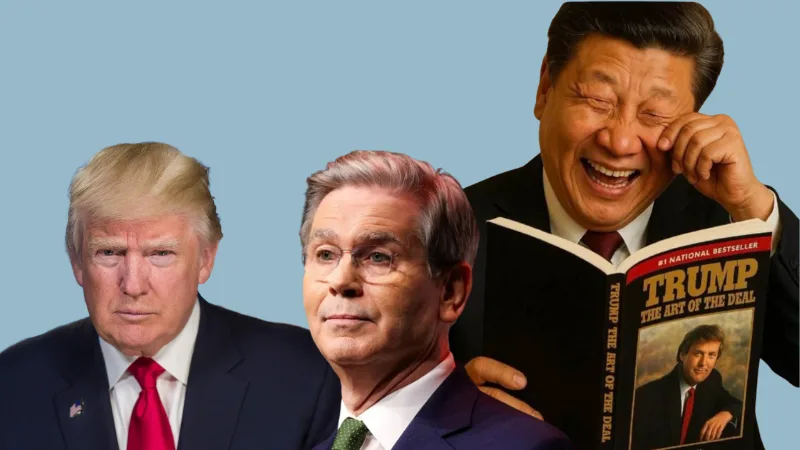President Donald Trump has proposed increasing taxes on the wealthiest Americans—those earning over $2.5 million annually—to fund tax cuts for the middle class and protect Medicaid. This marks a significant departure from traditional Republican tax policy and has ignited debate within the GOP.
The Proposal: A Return to Pre-2017 Tax Rates
Trump’s plan involves raising the top federal income tax rate from 37% to 39.6%, effectively restoring the rate that existed before the 2017 Tax Cuts and Jobs Act (TCJA). This increase would apply to individuals earning over $2.5 million and couples earning over $5 million annually .
Additionally, Trump aims to eliminate the “carried interest” loophole, which allows investment managers to pay lower capital gains tax rates on certain earnings . By closing this loophole, the administration estimates it could generate approximately $14 billion in tax revenue over ten years .
Funding Middle-Class Tax Relief
The revenue from these tax increases is intended to finance substantial tax cuts for middle- and working-class Americans. Trump’s broader tax agenda includes:
- Eliminating income taxes for individuals earning less than $150,000 annually .
- Removing taxes on Social Security benefits, overtime pay, and tip income .
- Raising the State and Local Tax (SALT) deduction cap from $10,000 to $30,000, benefiting taxpayers in high-tax states .
These measures aim to provide financial relief to a broad segment of the population while maintaining fiscal responsibility.
Political Reactions and GOP Divisions
Trump’s proposal has sparked divisions within the Republican Party. Some conservative groups have criticized the plan, likening it to Democratic strategies . Senate Finance Committee Chair Mike Crapo expressed reluctance, indicating that while Trump’s support could give the proposal traction, there are reservations within the party .
Despite internal disagreements, Trump views the tax legislation as a top economic priority in his second term. The proposal is part of broader negotiations over extending the 2017 tax cuts, which are set to expire next year. The discussions have revealed disagreements among Republican lawmakers on how to pay for the tax cuts and other measures in the package .
Economic Implications
The proposed tax increases on the wealthy could impact a significant portion of U.S. businesses. Over 90% of U.S. businesses are pass-through entities that pay individual rather than corporate taxes. Critics argue such increases could hurt hiring and wages since pass-through businesses employ about 43% of the workforce .
However, supporters argue that the additional revenue generated from taxing the ultra-wealthy could offset the cost of middle-class tax cuts and protect essential programs like Medicaid. The Tax Foundation estimates the proposed tax bracket could raise $18.4 billion over a decade, while more aggressive tax plans could generate significantly more .
Expert Opinions
Economists and tax policy experts have weighed in on the proposal:
- Scott Bessent, U.S. Treasury Secretary, endorsed Trump’s economic policies, asserting that tariffs, tax cuts, and deregulation are interconnected measures designed to stimulate long-term investment in the U.S. economy .
- Grover Norquist, President of Americans for Tax Reform, has historically opposed tax increases, warning that such moves could fracture the GOP .
- Steve Bannon, former White House Chief Strategist, supports the proposal, arguing that modest increases could demonstrate tax fairness and bolster middle-class relief .
Conclusion
Trump’s proposal to raise taxes on the ultra-wealthy represents a significant shift in Republican tax policy, aiming to balance fiscal responsibility with middle-class relief. While the plan faces internal GOP disagreements and criticism from conservative groups, it underscores a strategic effort to reshape the party’s economic agenda and public perception ahead of key political milestones.
As negotiations continue, the proposal’s fate will depend on the ability of Republican lawmakers to reconcile differing viewpoints and craft legislation that addresses both economic and political considerations.





